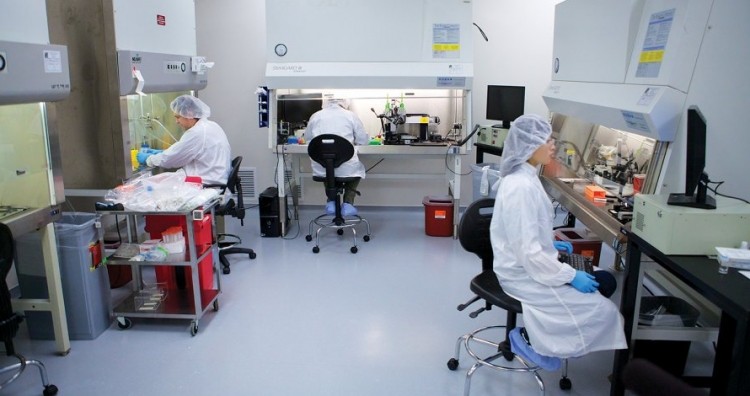Although 3D printers have been criticized for the potential health risks associated with their use in poorly ventilated areas, we must also acknowledge the tremendous amount of good they could potentially bring to the medical field.
According to Gizmodo, researcher and professor Xu Mingen of Huazhong University has successfully printed the first living human kidney using a 3D printer. The printed kidneys are currently too small for human use, and much like their liver counterparts from Organovo, they are miniature versions of the real deal. Impressively, 90% of the printed cells are alive, and they can perform the same type of functions as their big brother - they can break down and metabolize bodily toxins.
A few months back, scientists at Organovo, a San Diego-based company, also announced their success in using 3D printers to replicate human livers. The tiny livers measure just half a millimeter thick and four millimeters wide, consisting of only a few layers of cells. Despite their size, they are more than capable of producing the proteins required to transfer the body's necessary hormones and drugs, cholesterol, as well as the enzymes used in the detoxification of alcohol.
As you might assume, the 3D printers used in these processes are far different than the plastic-based systems that you may be familiar with. "It's different from traditional 3D printing - to print a cup, we have to fill up the object with our material. But this method doesn't work in cells because a cell contains blood vessels and has tissue space. We have to make sure to spare enough space for them to grow," explained Mingen.
So in place of the conventional plastic polymer, what exactly is being used to print these artificial organs? In the kidney's case, real human samples are harvested and subsequently combined with a water-rich hydrogel that acts as an effective nutrient source. Interestingly, the final mixture has a life expectancy of up to four months in a lab setting.
Although there is tremendous optimism surrounding such projects, it will take some time before we see printed kidneys and livers in a hospital setting. Nevertheless, this is definitely an amazing achievement and one that has the potential to change the world for the better.
